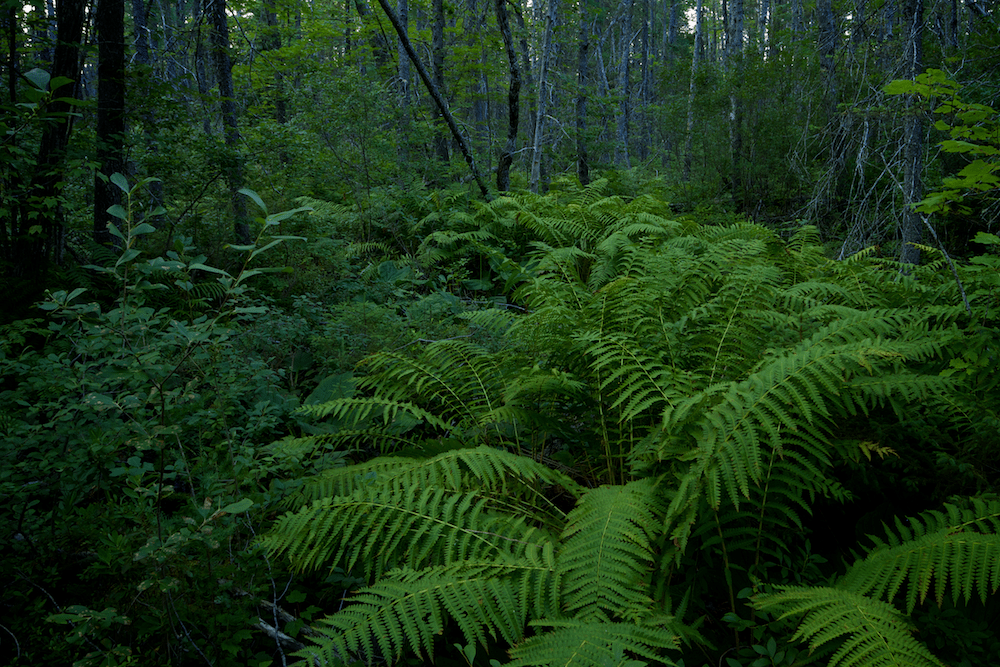Global Change Biology just published our study of disequilibrium in plant functional biogeography. A classic idea is that the functional composition of plant communities is a function of contemporary climate – for example, warmer and wetter environment may support taller trees. However, this argument only works well if species respond quickly to climate change, such that the best-performing species are always present in an assemblage, and the worse-performing ones are not. If responses to change are lagged, then unintuitive responses to climate change may occur. These effects could strongly limit our ability to predict how communities will respond to contemporary climate change – an important issue when mapping ecosystem functioning (like carbon uptake) or ecosystem services (like water storage).
In this study we laid out different scenarios for how the composition of a community could respond to a change in climate, assuming that species either immigrate or go extinct quickly or slowly based on the match between their traits and the environment. It turns out that the values of past climate and the variation in past climate can be important.
We then mapped out contemporary distributions of traits across North and South America, and paired these distributions with maps of paleotemperature and paleoprecipitation (from climate models) for the last 120,000 years – an interval spanning the last ice age and the last interglacial period.
We used a statistical technique (partial least squares) to determine which aspects of the paleoclimate (temporal means or variation) as well as the contemporary climate were important in predicting contemporary functional trait distributions.
It turns out that paleoclimate provides additional information beyond contemporary climate in predicting contemporary plant functioning – and strongly improves predictions of traits. Importantly, certain times in the Earth’s past appear especially important – primarily temperature during periods of ice melting in the Northern hemisphere, and primarily precipitation throughout the study interval in the Southern hemisphere.
The overall implication of the work is that there are multi-thousand-year legacies of past climate on contemporary functional biogeographical patterns, suggesting that the processes leading to these long lags need to be considered as we build predictive models of community response to current climate change.
Please have a read! You can download a PDF copy or read the article at the journal.





